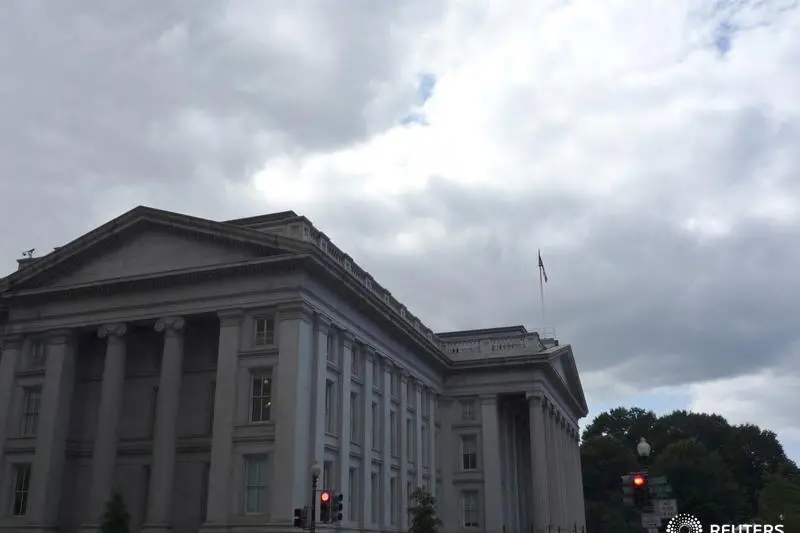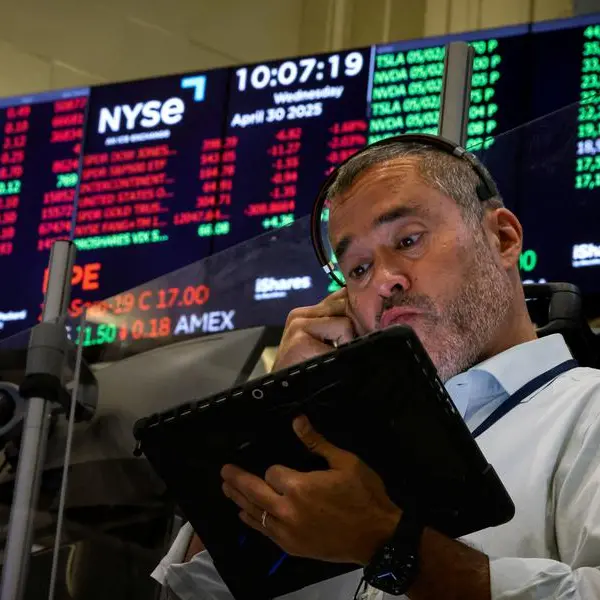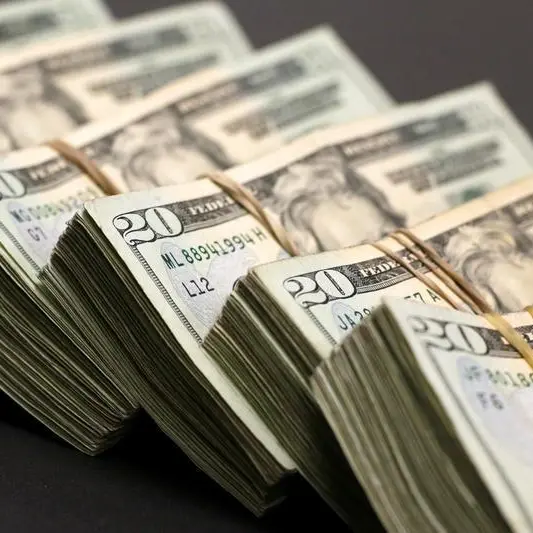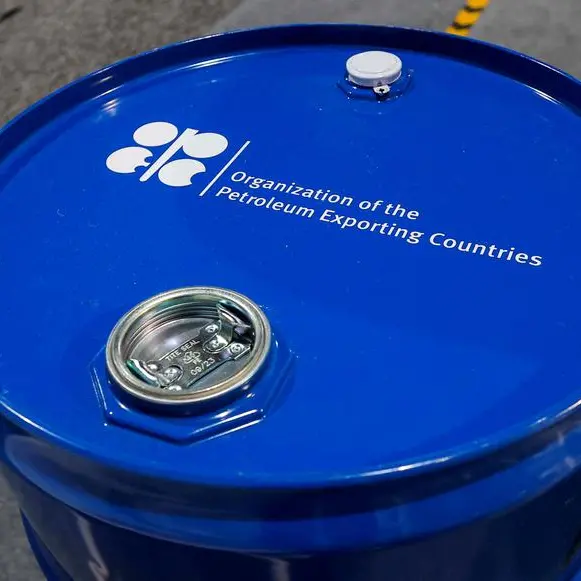PHOTO
The U.S. Treasury building is seen in Washington, September 29, 2008. REUTERS/Jim Bourg
ORLANDO, Florida - As the first U.S. interest rate cut in this cycle draws closer, long and short positions in the Treasury futures market, and overnight repo lending volumes, have never been higher.
And these record numbers could get even bigger if the Fed can deliver a soft landing for the economy - something it's only ever really done once before, in the 1990s.
Is this a cause for concern? As is the case in any financial market, the security of investors' positioning depends on two key factors: volatility and liquidity. Right now Treasury market volatility appears subdued and liquidity appears ample.
On one side of the trade, asset managers, pension funds and institutional investors are hoovering up risk-free government bonds to lock into attractive yields before they start falling in tandem with the policy rate. They do this by going 'long' bonds in the liquid Treasury futures market.
On the other side, hedge funds are 'short' and selling the futures, hedging their exposure by buying equivalent and slightly cheaper cash bonds with funds borrowed in the highly leveraged overnight repo market. Pocketing the tiny price difference between futures and cash bonds is known as the 'basis trade'.
Regulators from the Bank for International Settlements to the Bank of England have warned about the financial stability risks that a sudden unwind in these positions could trigger.
While this is a dog that hasn't barked, far less bitten, the numbers involved now are eye-watering, in nominal and relative terms.
Commodity Futures Trading Commission figures show that asset managers' aggregate long position across two-, five- and 10-year futures is worth $1.1 trillion, and leveraged funds' corresponding short position totals $1.05 trillion. These are record amounts, dominated by activity at the interest rate-sensitive shorter end of the curve.
As a share of total open interest, asset manager longs are 55% and leveraged fund shorts are 52%. In February 2020, just before the basis trade last blew up, asset manager longs were 42% of open interest and hedge fund shorts were 38%.
Regulators' concerns are not unwarranted.
New York Fed data, meanwhile, shows that the amount of overnight cash borrowed at the Secured Overnight Financing Rate (SOFR) last month hit a record $2.175 trillion. This is a sign that investors are leveraging up purchases of cash bonds to hedge their short futures position.
"Repo volumes are surging. This tells me that this is a resurgence of the basis trade," says Joseph Wang, chief investment officer at Monetary Macro and a former senior trader on the Fed's open markets desk.
CHECKERED FLAG
Trillion dollar positions, especially highly leveraged ones, are obviously a potential worry. But they can stay large without issue as long as parties on both sides of the trade remain comfortable. And there currently seems to be little indication that those operating in the Treasury futures markets are anything but comfortable.
Despite regular gripes from some quarters about Treasury market liquidity - 'a mile wide, but an inch deep' - liquidity appears to be pretty good. In fact, market depth has been trending upward for most notes and bonds since the U.S. regional banking crisis in March 2023, according to a 'Liberty Street Economics' blog from New York Fed staffers published earlier this year.
So buyers and sellers are currently able to trade easily at almost any price or size without disrupting the market. Volatility, meanwhile, has been relatively low for some time in this market.
Can we expect this positioning to become even more extreme? That depends on the nature of the Fed's easing cycle - falling rates can sustain the basis trade but rapid and large declines may trigger a disorderly unwind
Fed Chair Jerome Powell said on Wednesday that policymakers had "a real discussion" about cutting rates, but decided to stay on hold and weigh the incoming data. A rate cut at the next meeting in September "could be on the table."
Either way, Powell's comments will likely stoke asset managers' demand for Treasuries - five- and 10-year yields are now below 4% for the first time in six months.
Rick Rieder, chief investment officer of global fixed income at BlackRock, the world's largest asset manager overseeing $2.8 trillion in fixed income assets, says Powell's signal was a "checkered flag" for bond-hungry investors.
"Today confirmed that status, and consequently can be seen as supporting the recent trend of persistent flows out of cash into longer-dated fixed income assets," Rieder wrote in a client note on Wednesday.
If so, these massive positions in Treasury futures and overnight repo volumes will keep getting bigger. Whether bigger means riskier is still an open question.
(The opinions expressed here are those of the author, a columnist for Reuters.)
(By Jamie McGeever; Editing by Andrea Ricci)





















